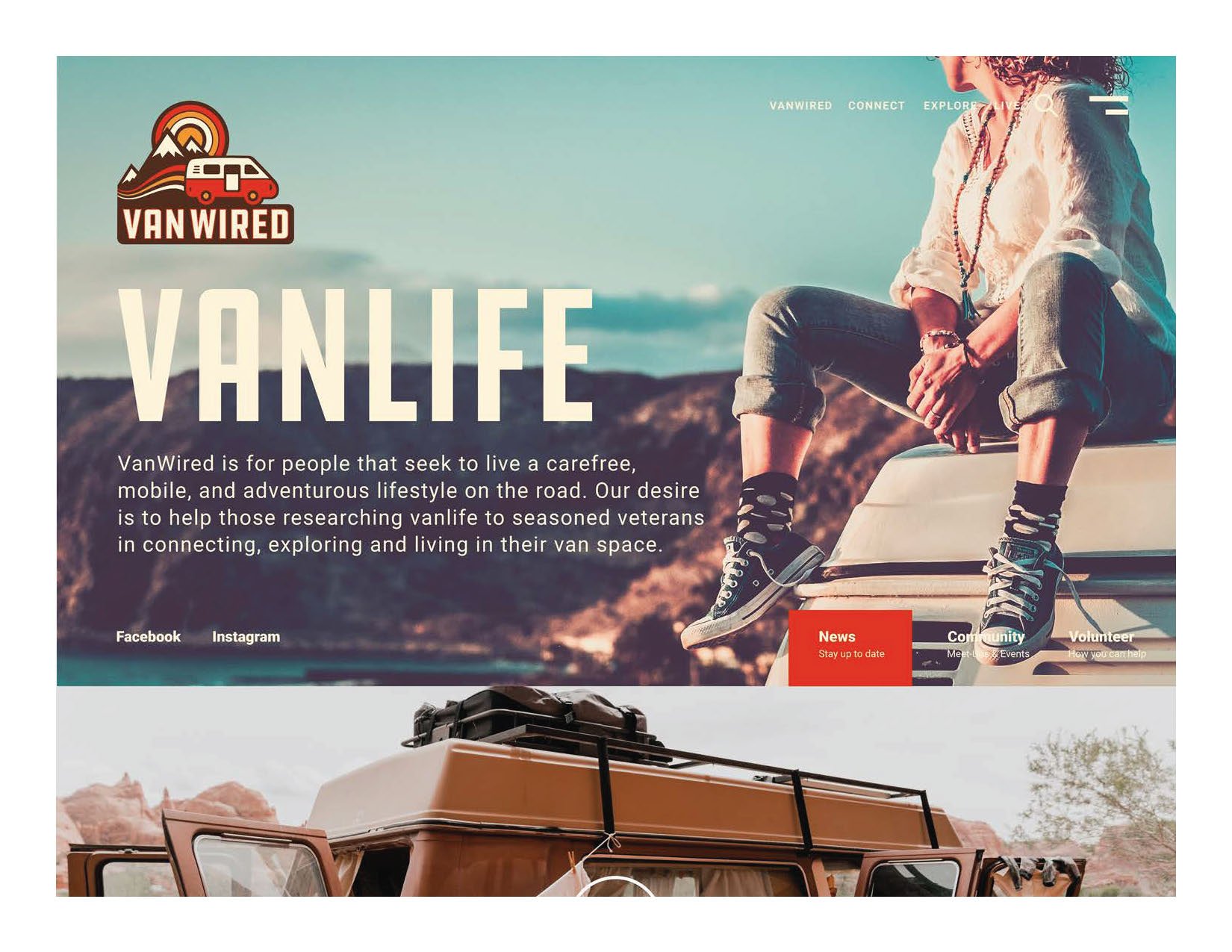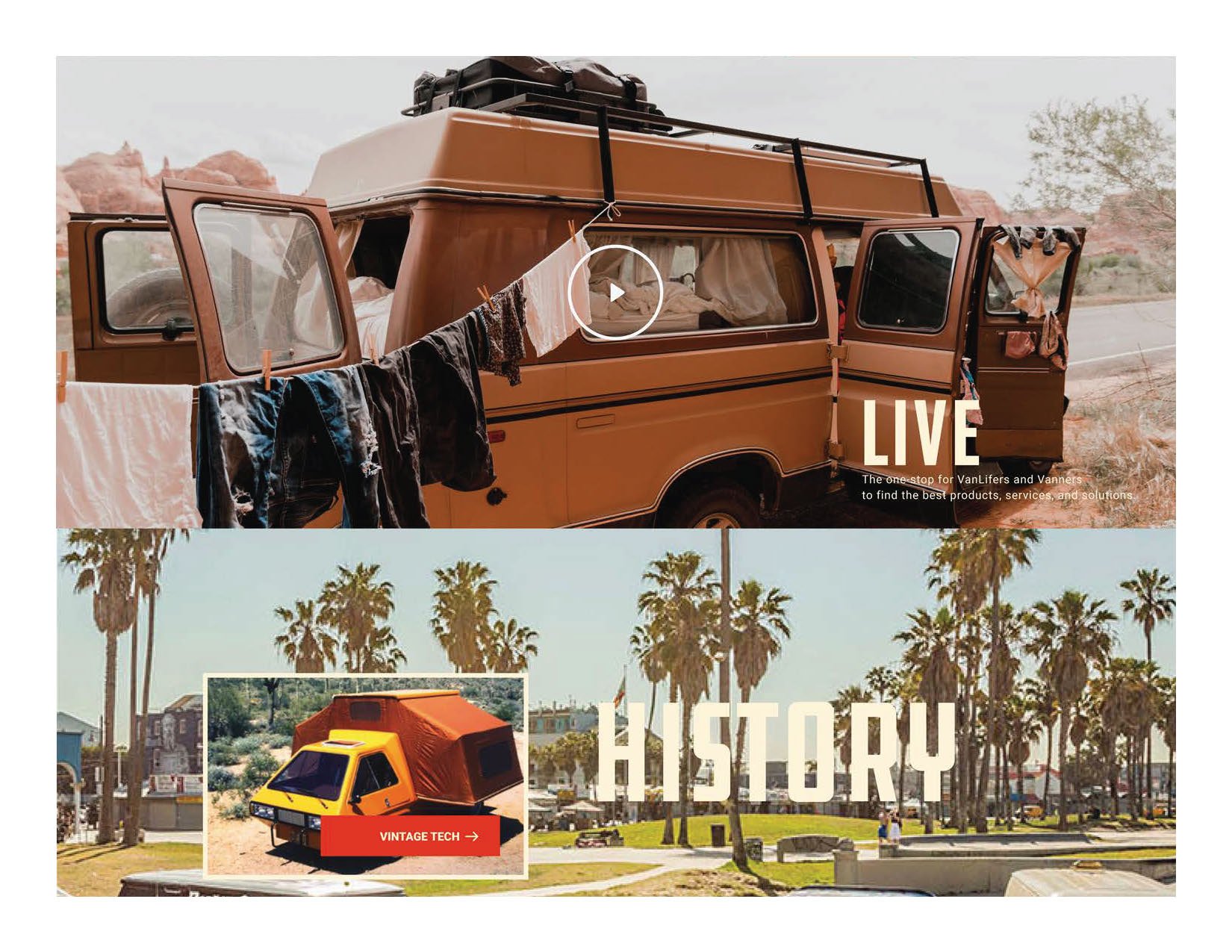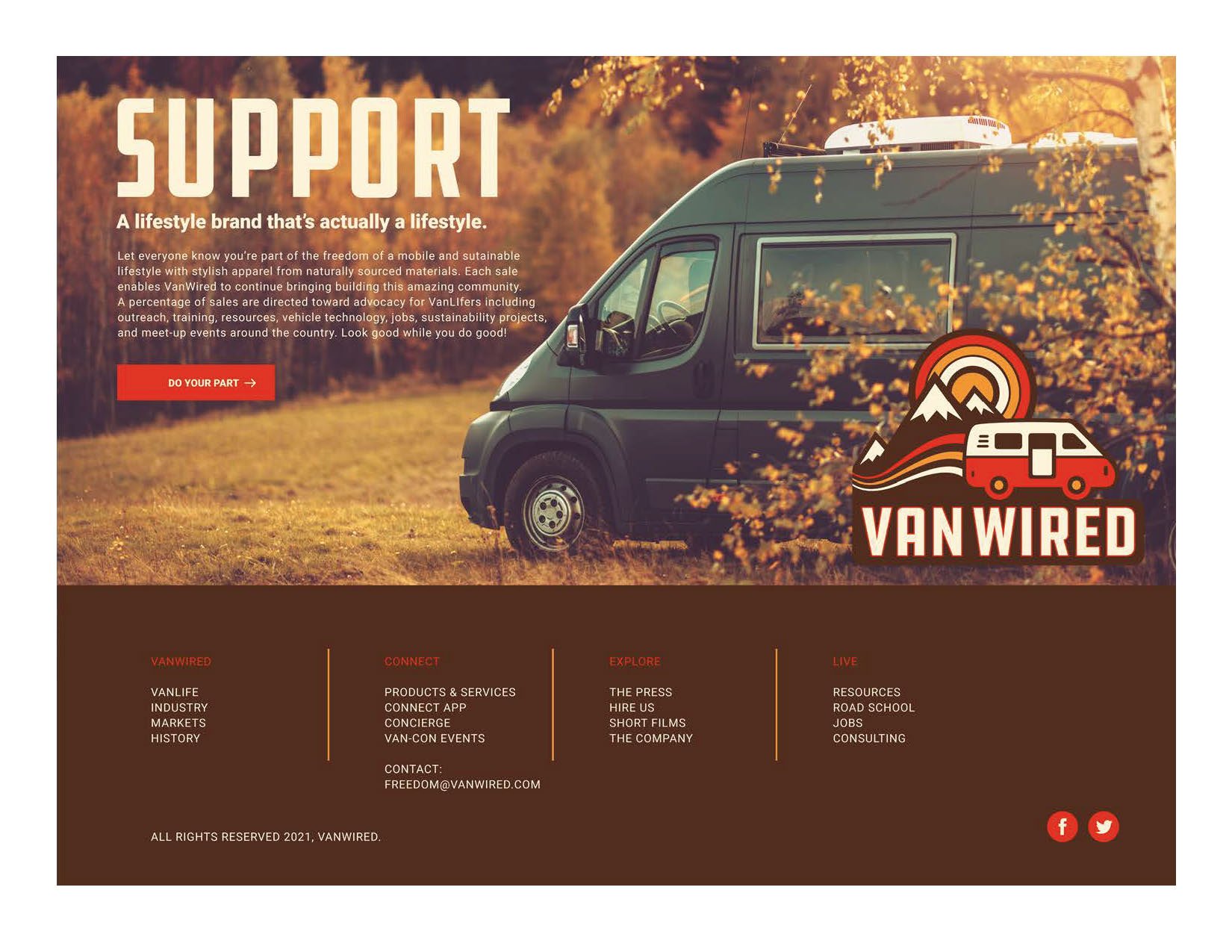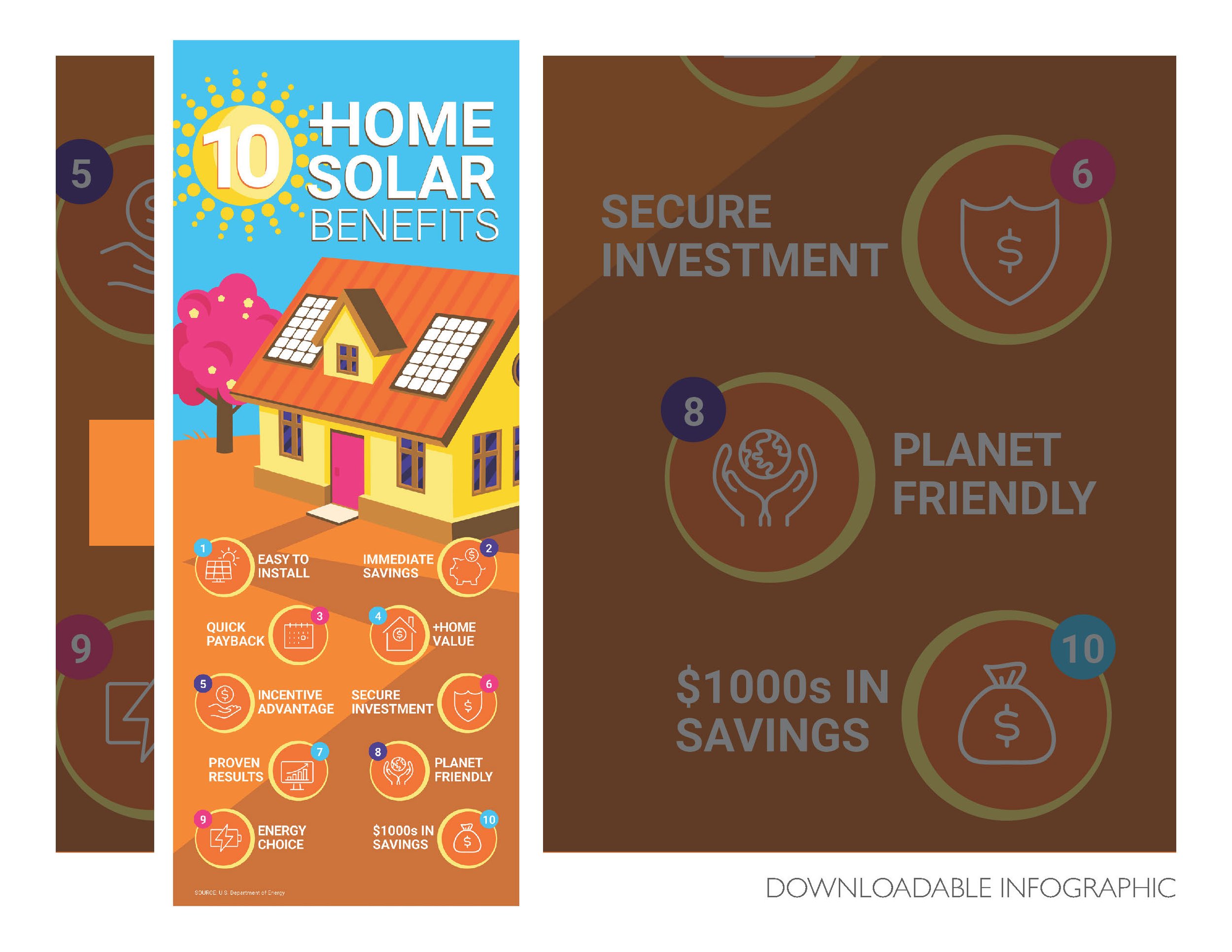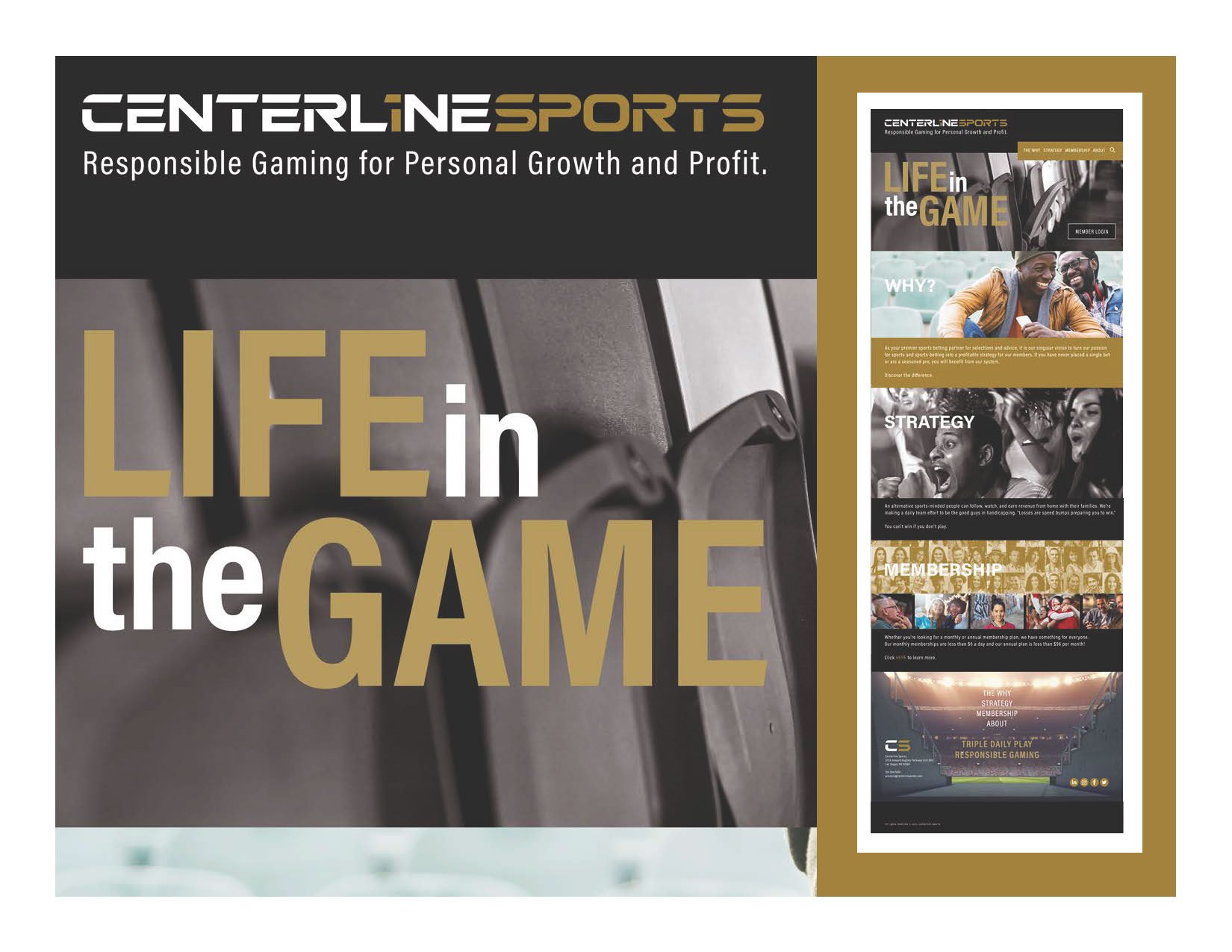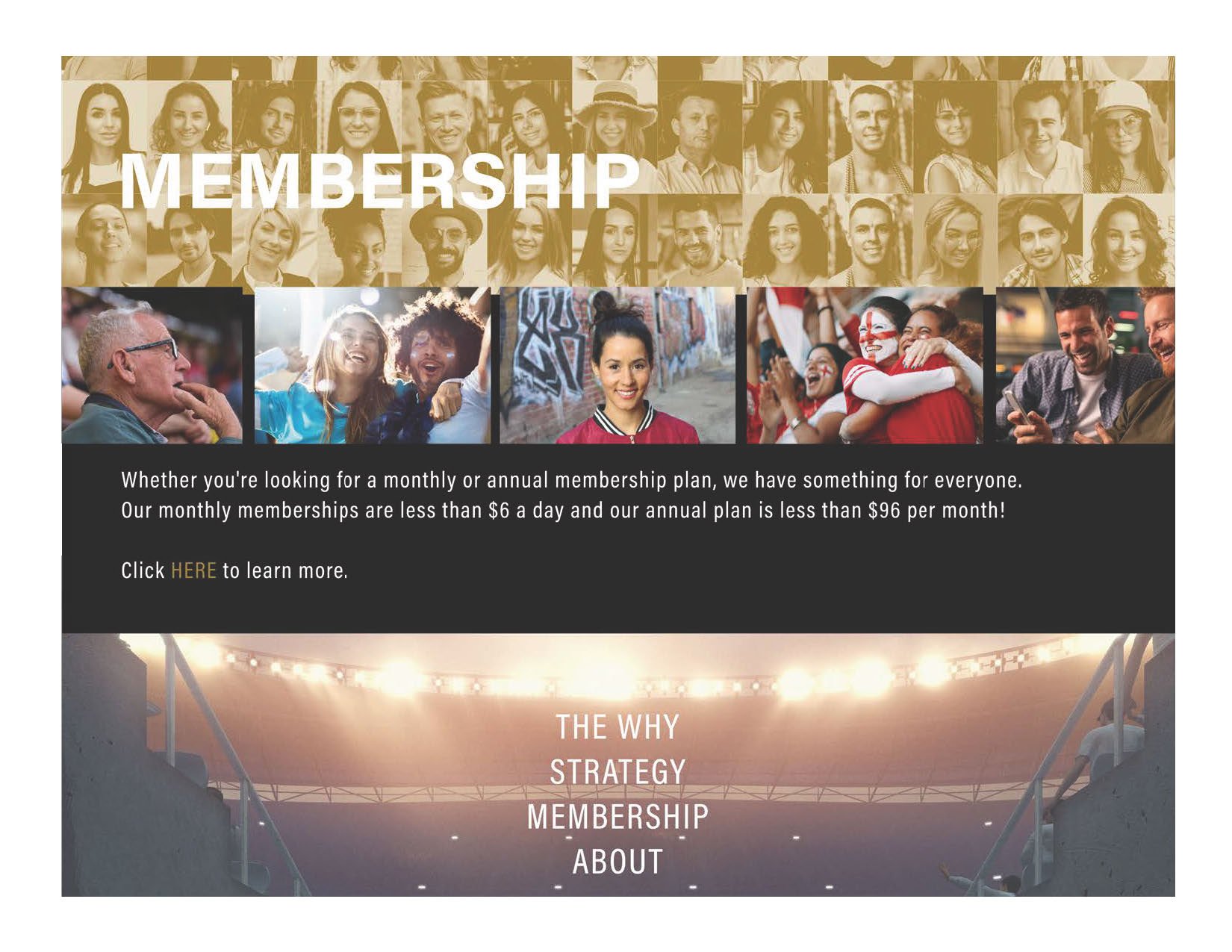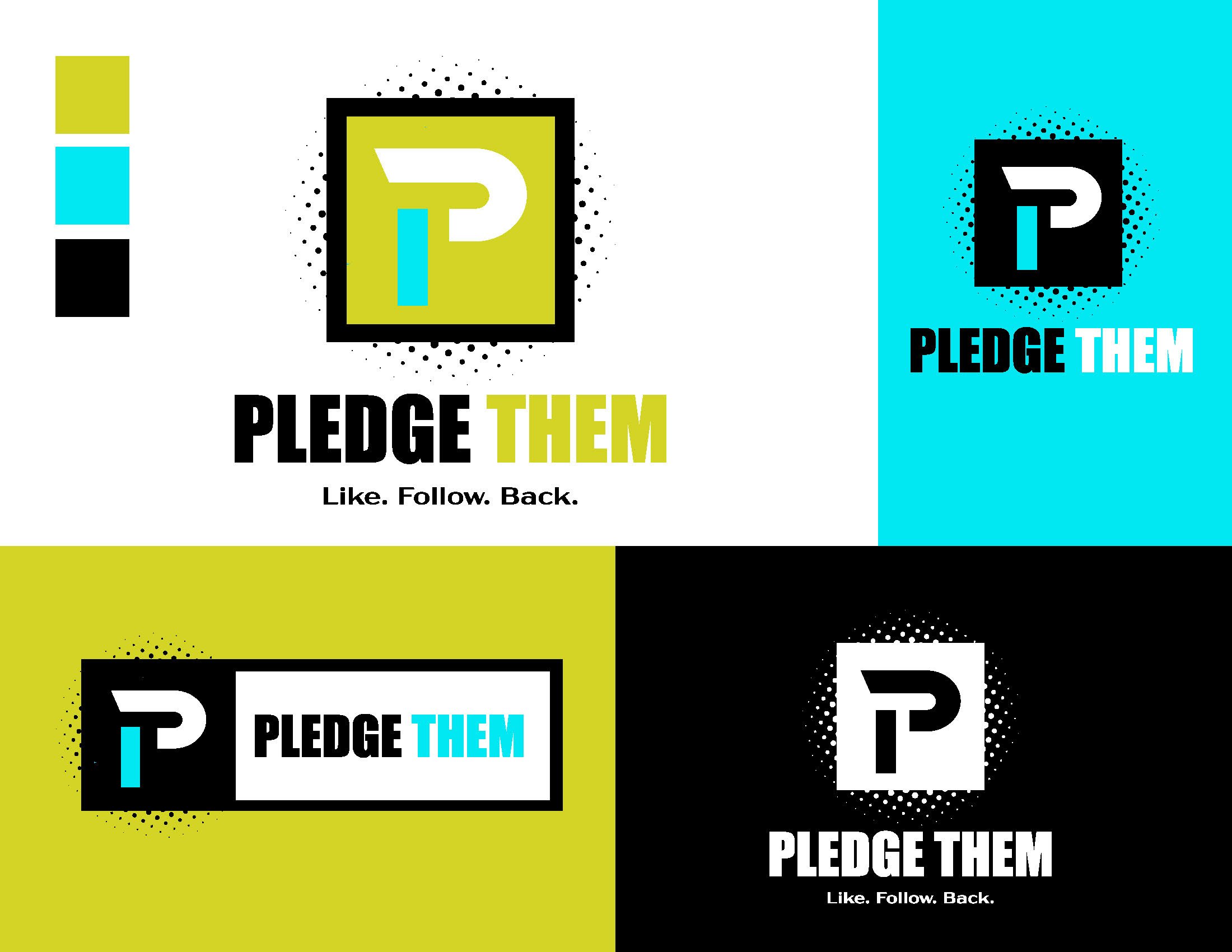Can you find someone willing to produce a piece of graphic design for you for $49?
Yes, but you won't have a brand.
There are many talented graphic designers who are capable of providing a nice looking piece of design. The problem is said piece of design does nothing to position your organization or product to claim space in the minds of your audience. Nor does it visually represent a compelling and meaningful brand story.
Branding is not your logo or the name on the box. It isn’t what's in the box, either. A brand is all the feelings, ideas, images, history, and possibilities existing in the marketplace about your organization. Your brand is the singular idea or concept you own inside the mind of your audience.
Simply put, it’s what people think of when they think of you.
Your logo is but one component of your overall brand. Branding provides a narrative platform for you to describe what makes your product, organization, or service unique and what you offer that no one else has. In the globalized network of today’s world, every product or service has to compete for its share of consumers. Entities with the strongest brands find their consumers easier.
A solid brand story unifies messaging to create a singular impression in the minds of your consumers. This is then reinforced through each touchpoint from your logo, marketing collateral, website, social media interactions, and more.
There are a host of clichés that can be used here:
"Buy cheap, buy twice."
"You get what you pay for."
If we're "comparing apples to apples," I often tell my clients that my rates are more expensive than a graphic designer or your nephew, but I do bring a focused and experienced approach to discovering (or rediscovering) your brand story. I also come equipped with big agency knowledge, capabilities, and resources without the huge costs and associated trials. I may not take you out for drinks at expensive restaurants, but I will devote my time, talent, and passion to delivering a world-class brand for your organization.
Or you can buy that logo for $49.


